New perk! Get after it with local recommendations just for you. Discover nearby events, routes out your door, and hidden gems when you sign up for the Local Running Drop.
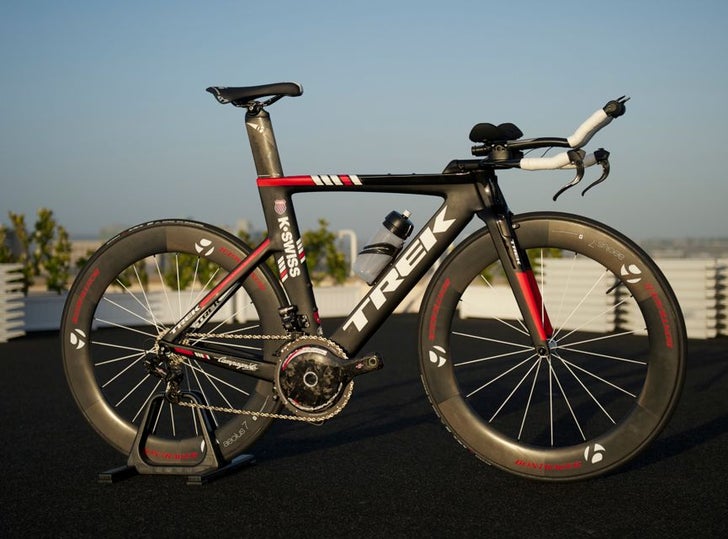
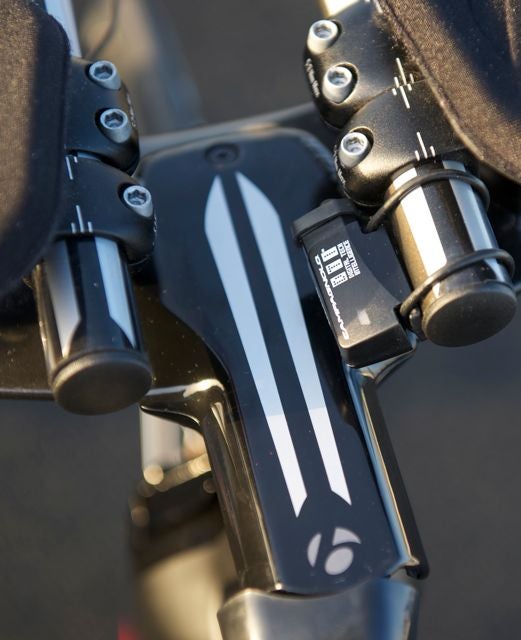
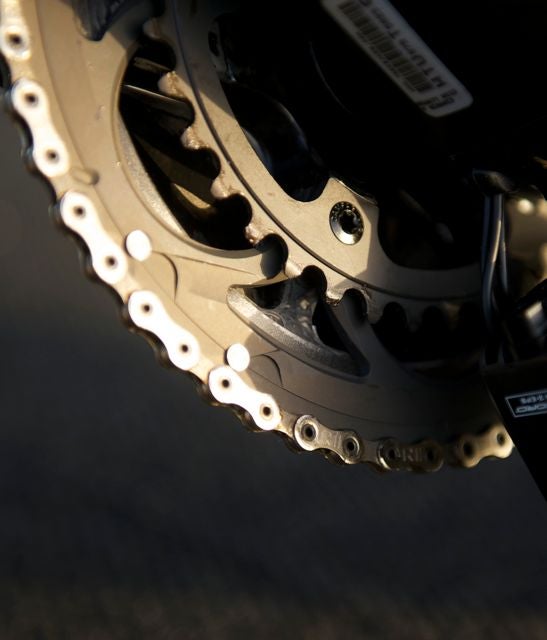
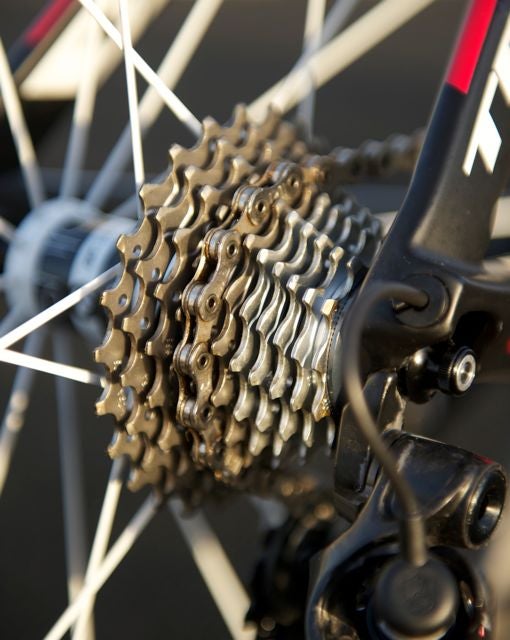
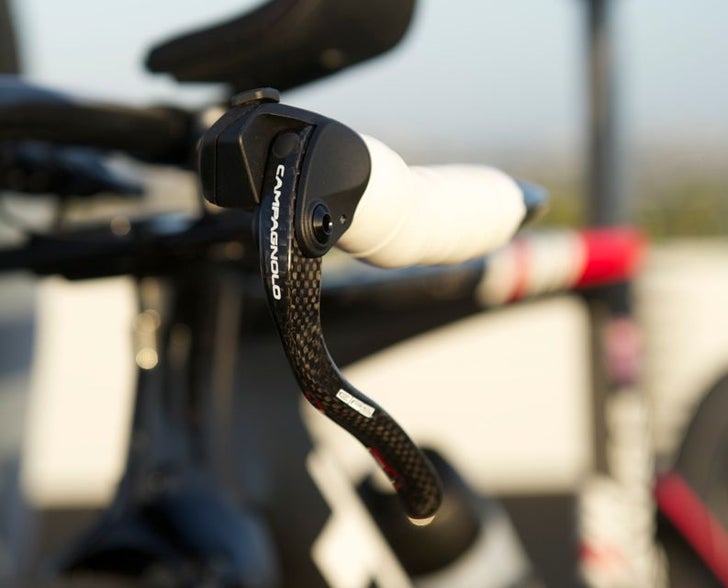
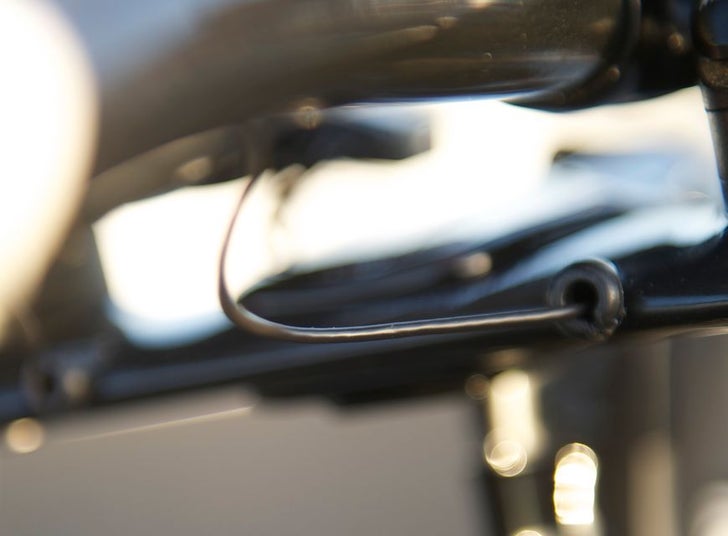
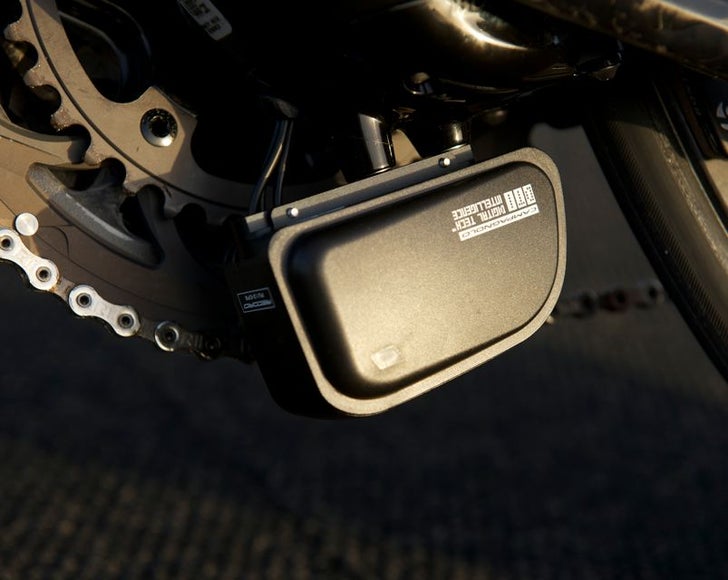
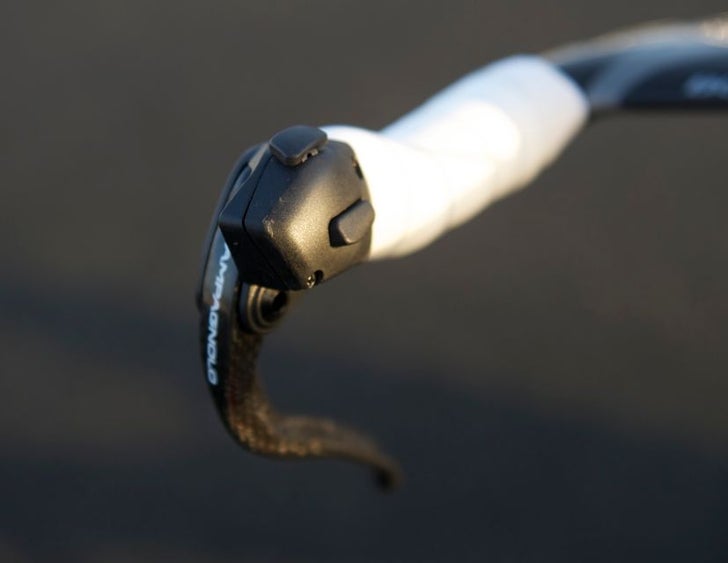
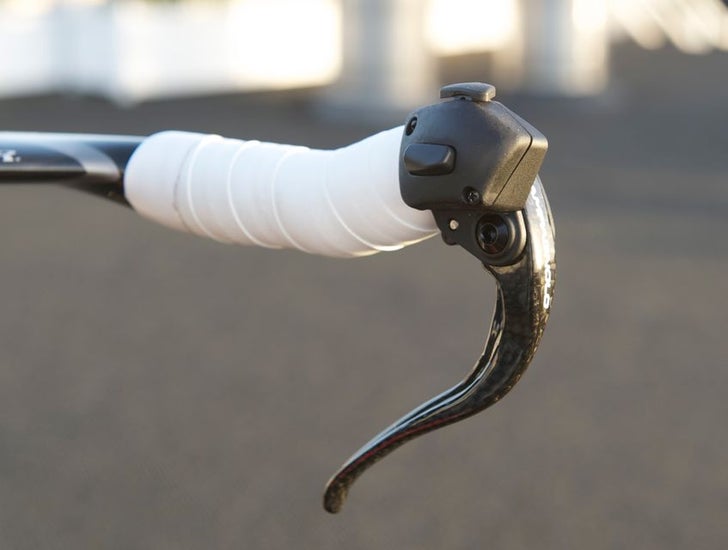
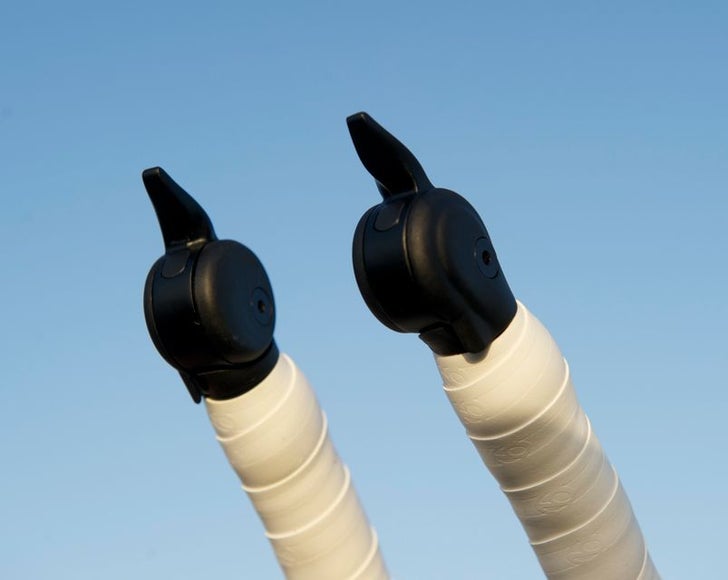
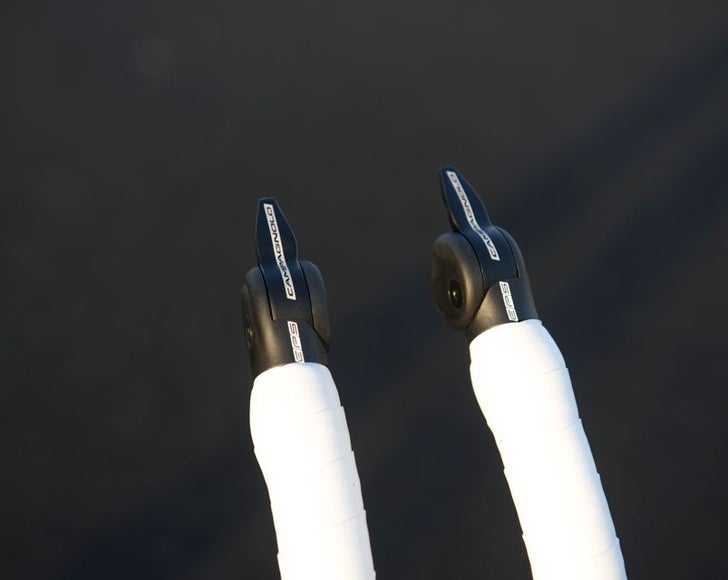
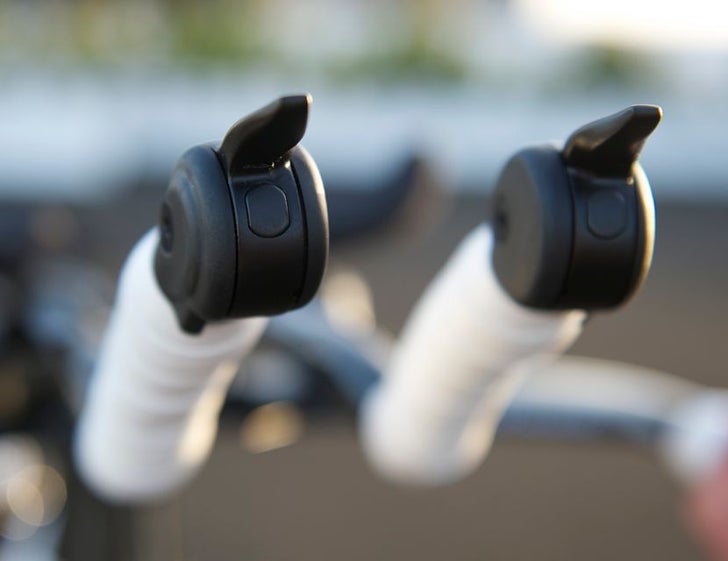
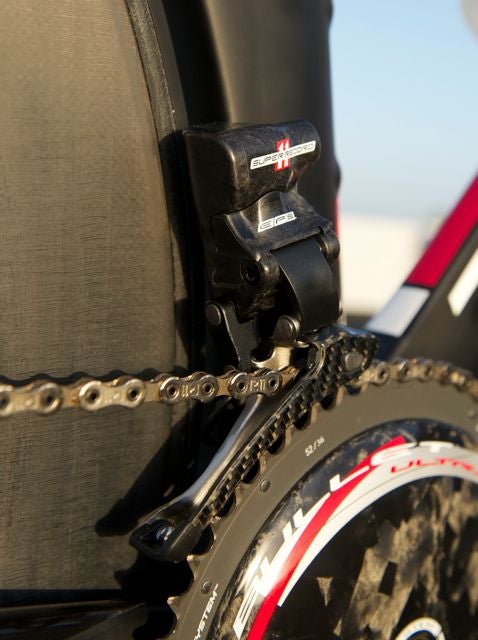

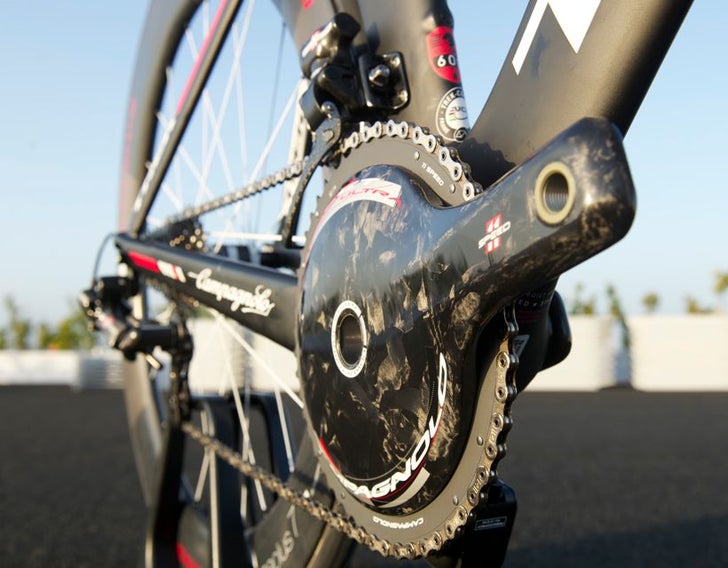
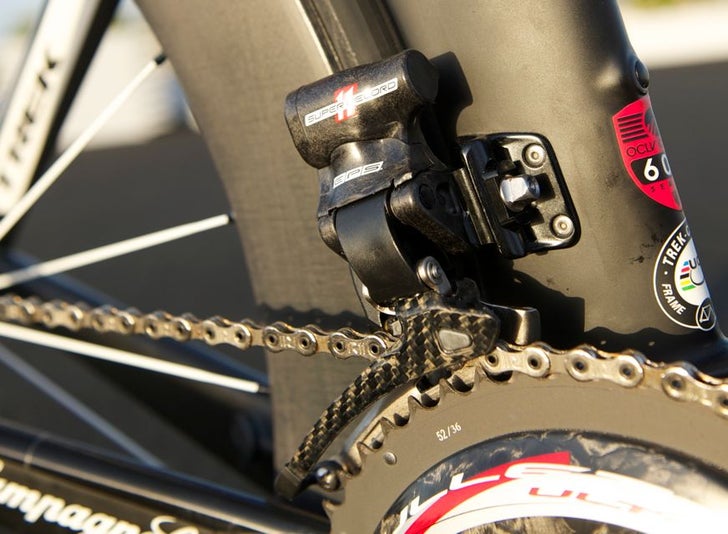
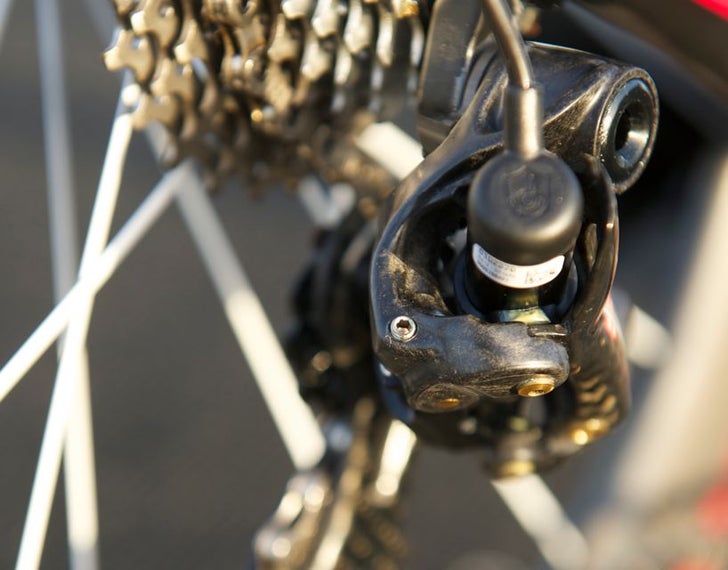
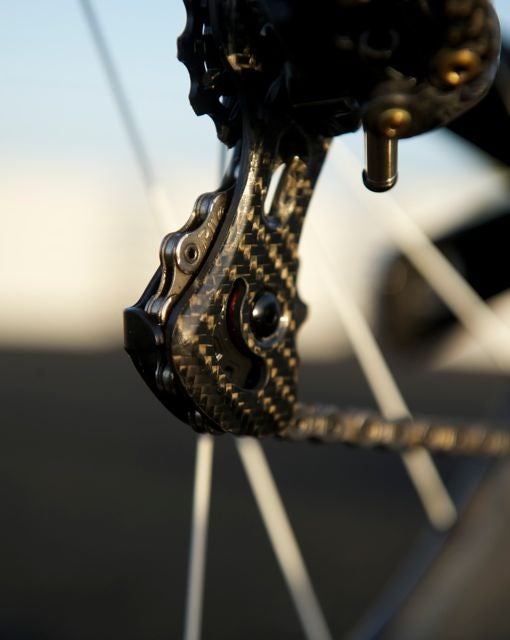
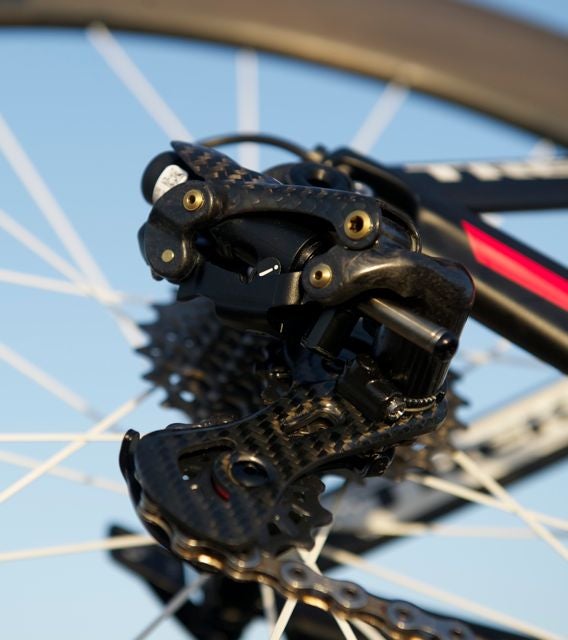

One year after releasing the EPS road group—Campagnolo’s motor-driven components—the Italian company gave triathletes what we want: bar-end shifters and TT brake lever shifters to adapt the electronic components for triathlon.
The shift levers look like shrunken versions of Campagnolo’s cable tri shifters. Pull the lever back to upshift and press it down to drop a gear, just like the mechanical version. Instead of repeatedly throwing the lever to change more than one gear at a time, the system can burn through multiple gears by holding the lever in the shift position. The longer its held, the more gears it shifts through the 11-speed cassette. There is no limit to the shift range with a single tug on the lever.
Crisp, positive shift feel is the calling card of Campagnolo’s mechanical groups, and Tom Kattus, General Manager of Campagnolo North America, said preserving that “tactile feel” was one of the goals when creating the shifters. “[Riders] want to feel like they’re actually shifting rather than like pushing a mouse button,” said Kattus. The bar-end levers create a slight “click” feeling when shifting, but the brake lever shifters really live up to this objective.
A button on top of the brake lever executes the upshifts and another button on the side on the shifter drops gears. There is a fairly wide gap between the two, with the intention of reducing confusion between the downshift button and the upshifter. The buttons feel moderately stiff and require a pretty strong push to shift. They create a satisfyingly firm feeling when depressed. Like the bar-ends, these shifters can also jump through many gears with a single press. A quick-release switch built into the lever allows the brakes to open several millimeters to change wheels or accommodate aero wheels with broad rims.
The derailleurs, chain and cassette are all identical to the Super-Record and Record EPS road versions. Both derailleurs are powered by a worm drive, which is a motor type capable of producing a lot of torque. The front derailleur in particular benefits from high torque shifts. Campagnolo’s Service Center Manager Dan Large says it uses 52 Newton-meters (nm) of force to execute every shift. A mechanical shift typically averages around 30 Newton-meters, says Large. 52nm is equivalent to pulling on a 1-foot lever with about 35 pounds of force. That’s a ton of torque behind a shift.
Setting the front derailleur is remarkably simple. After positioning the cage parallel and 3mm above the chain rings, press both “mode” buttons hidden under the shift levers for 6 seconds, then pull the front shift lever to tell the system you are adjusting the front. Next, use the up- and downshift motion to space the cage off the chain when situated in the small chain ring and biggest rear cog. That’s it. The rest is programmed into the derailleur. It doesn’t use limit screws.
The rear derailleur, however, has one limit screw as a fail-safe to prevent it from shifting into the spokes. A similar pattern of button-presses and lever tugs adjusts the rear for precise shifts. Like the front, it is also not dependent on limit screws. Similar to Shimano’s Dura-Ace Di2 electronic groupset, EPS derailleurs move the specific amount needed for perfect shifts without dropping the chain by tailoring the throw distance based on the gear combination—front and rear—of each shift. Campagnolo says the rear shifts are about 25% faster than a perfectly adjusted, brand new mechanical component group. And unlike the cable-driven groups, EPS shift performance doesn’t suffer from gummed-up housing.
Should the components need a quick adjustment on the fly due to a crash, wheel change or other misadventures, simply depress the mode buttons for 6 seconds then use the shift levers to micro-adjust the derailleurs into place, one fraction of a millimeter at a time.
They can accommodate the full range of Campy’s gear options, which extends to an 11-29 cassette and a 50/34 compact crankset.
Campagnolo says the derailleurs will shift even if under a meter of water. “We haven’t encased them in something waterproof like a camera,” said Kattus. The circuits themselves are waterproof. The Power Unit, which houses both battery and circuit boards that help control the system, is totally sealed. A single charge is said to last for 3-months when riding 300 miles a month, 1.8 months if riding 600 miles in a month and for a single month if riding 1,200 miles in that time period.
Campagnolo is also creating two new aero cranksets. They both have an enormous carbon piece stretching from the pedal spindle to the inner edge of the big chain ring for aerodynamic performance. The shape is reminiscent of the VumaCrono crank Zipp used to make. The premier crank is called the Bora Ultra, and it has Campy’s highest-grade bearings and a titanium spindle. The Bullet Ultra is the second aero crank. It has similar shape and the chain rings have identical ramps and pins to expedite shifting, but a steel spindle and lower-level ceramic bearings. Campagnolo is extremely explicit that every component in the EPS line is designed to work together and function ideally as a group, but as a concession to the frames that comes with integrated cranks, the Italian component maker says it will honor the warranty if used with another crank.
No price is available yet, but it’s not going to be cheap. It will be available in September.
We are taking the components through a preliminary test tomorrow and will follow-up with ride reviews and a preliminary comparison to EPS’s logical adversary, Shimano’s Dura-Ace Di2.